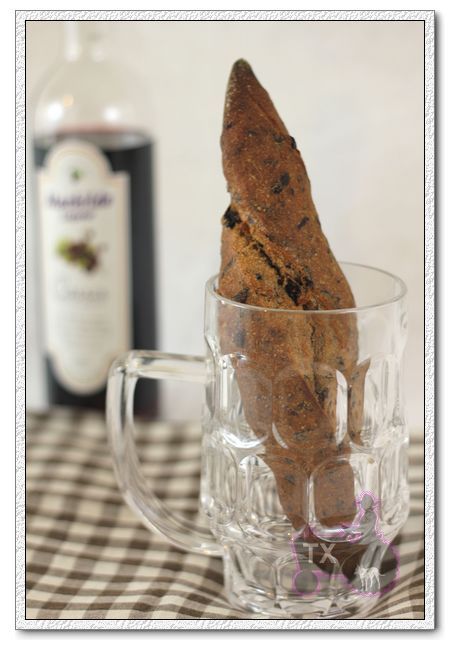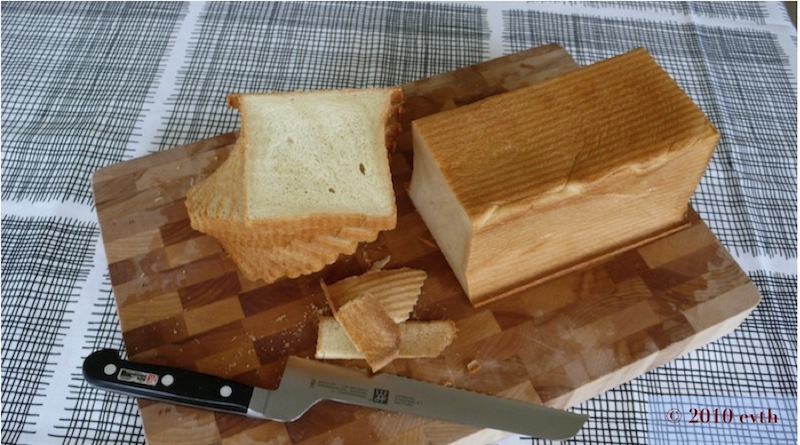Cassis And Currant Bread

Another very tasty bread from Dan Lepard's "A Handmade Loaf", I mostly followed the formula, but left out the instant yeast, using rye starter only, which means the bulk rise was 3 to 4 hours at room temp, then shaped and retarded the loaves in the fridge overnight. The next morning, took out, warmed up for 1 hour, then baked.
- Log in or register to post comments
- 9 comments
- View post
- txfarmer's Blog
